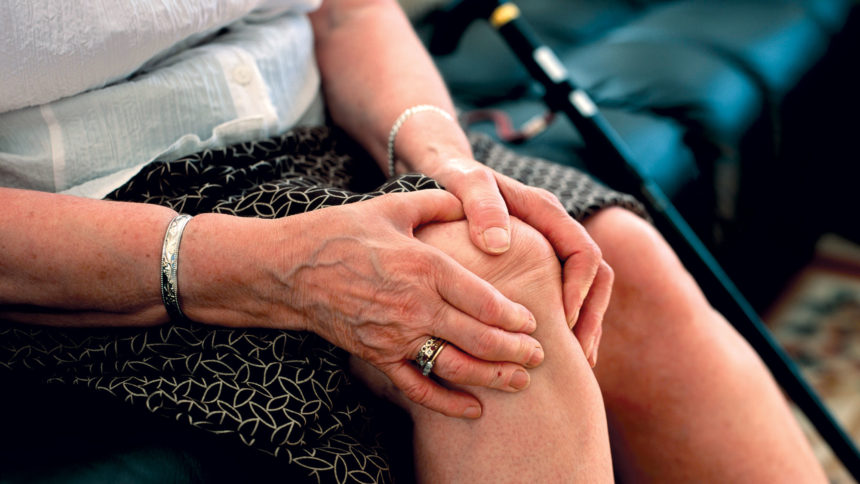
For many residents, chronic pain is a debilitating and constant companion. A careful combination of drug and non-drug therapies is the best strategy for safely improving quality of life in these elders, according to Mayo Clinic geriatricians.
Treatment should start with low-risk, non-invasive strategies and then slowly introduce pain medications, including opioids as needed, write physicians Brandon Verdoorn and Christina Y. Chen in Mayo Clinic Proceedings. They recommend that providers use the following framework to help manage care:
- Begin with a thorough pain assessment, focusing on pain-related function.
- Address associated conditions, such as depression and insomnia, at the same time.
- Start with low-risk pain management strategies, including non-drug interventions that get the patient actively involved in her or his own improvement.
- Use higher-risk – often pharmacologic – strategies cautiously, when needed.
- Frequently reassess and discontinue ineffective treatments.
“Some may wonder if pain medications can be safely used in older adults,” added Dr. Chen. “This is a timely question, given the opioid crisis. With judicious use, these medications, including opioids, are important tools for addressing chronic pain, which ultimately affects one’s function and independence,” she said.
For in-depth recommendations for managing one of the most common side effects of pain management in older adults, opioid-induced constipation, clinicians can start by reading this recent McKnight’s blog post by pain management and palliative care nurse practitioner Yvonne D’Arcy, MS, CRNP, CNS.




